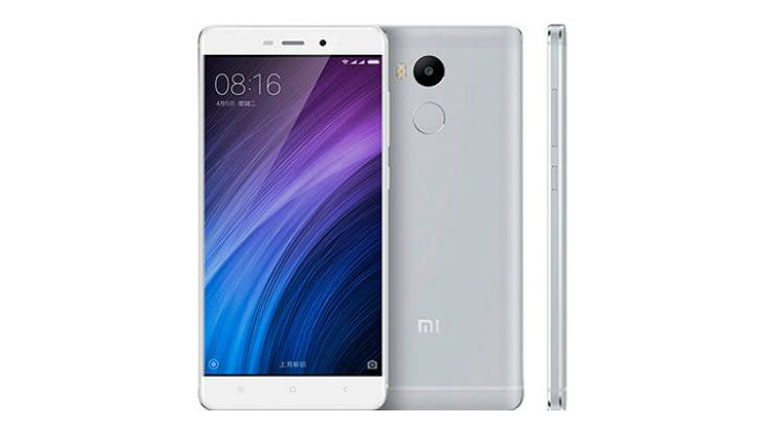Xiaomi Redmi 4 allegedly coming to India: 5 reasons why it is worth the wait
The next budget favourite

Xiaomi Vice President, Manu Jain has been creating a lot of buzz for Xiaomi fans in India lately. Few days earlier, he took his Twitter handle to reveal the launch of Xiaomi’s first Mi Home store along with two other major announcements slated for this month. While we were guessing the other two announcements, Redmi India and Manu Jain dropped another hint about the second launch, which is a new Redmi phone.
Read: Moto G5 vs Redmi Note 4: Which one is better?
So it’s clear that the company will be launching a new Redmi phone this month. At the Redmi 4A launch event, Manu Jain confirmed that the company will soon be coming up with a successor to the Redmi 3s Prime, which gives us a license to guess that its going to be an addition to the Redmi 4 series.
Xiaomi launched the Redmi 4 and Redmi 4 Prime in China last year and it’s highly possible that the company may bring any of these models in India. The Redmi 4 is priced at CNY 699 (approx Rs. 6,900), while the Redmi 4 Prime was launched at CNY 899 (approx Rs. 8,900).
Going by what we know so far, Xiaomi is more likely to come up with the Redmi 4, which is a successor to the Redmi 3s Prime. The smartphone will target sub 10k smartphone segment with its value for money hardware just like its predecessor.
As mentioned earlier, the smartphone is already launched in China so there’s no guess game going around what it offers. To make it easier for you, we have listed five major highlights of the Redmi 4 China variant.
Design and build quality
Sign up for breaking news, reviews, opinion, top tech deals, and more.
Redmi 4 comes packed in a similar looking shell as the Redmi Note 4 but in a smaller form factor. It has the same metal unibody design that measures 141.3 x 69.6 x 8.9 mm. It feels very solid, thanks to the additional bulk of the juicy battery, but it feels fine when you get used to it. The small form factor does make it great for one handed usage.
Battery
Once again, Xiaomi has done a commendable job in the battery department. Redmi 4 comes with a 4100mAh battery just like the Redmi Note 4 with support for Fast Charging 3.0. With a 5-inch 720p display, this battery can last up to 2 days of normal usage. Moreover, the phone does not look thick despite of a big battery and a small form factor.
Sensors
The Redmi 4 comes with all the basic sensor including accelerometer, proximity, compass, ambient light sensor and unlike many other phones in this range, it has a gyroscope, fingerprint sensor and an IR blaster. The IR sensor is one of the most underrated feature on smartphones, but it actually comes very handy at home. You can control most of your home appliances using your phone.
Hardware
The Chinese variant of the Redmi 4 comes with an octa-core Snapdragon 430 SoC clocked at 1.4GHz coupled with 2GB of RAM, and similar hardware specifications can be expected on the upcoming Redmi phone. Although the RAM and processor are not as good as the Redmi 4 Prime, it can still sail you through all your basic tasks and mild gaming needs. If the smartphone is priced somewhere under Rs 8000, it is a fair set of specs. But it the price goes higher than this, then we would want to see a raise at least in the RAM department.
Also Read: Honor 6X vs Xiaomi Redmi Note 4: Which one to buy at Rs. 12,999?
Dual SIM 4G VoLTE
The smartphone comes with a hybrid dual-SIM slot that supports 4G on both the SIMs. You can either use a secondary SIM card or a microSD card up to 256 GB. It comes with VoLTE support that makes it compatible with a Jio VoLTE network and networks adapting to VoLTE in future.

Sudhanshu Singh have been working in tech journalism as a reporter, writer, editor, and reviewer for over 5 years. He has reviewed hundreds of products ranging across categories and have also written opinions, guides, feature articles, news, and analysis. Ditching the norm of armchair journalism in tech media, Sudhanshu dug deep into how emerging products and services affect actual users, and what marks they leave on our cultural landscape.
His areas of expertise along with writing and editing include content strategy, daily operations, product and team management.